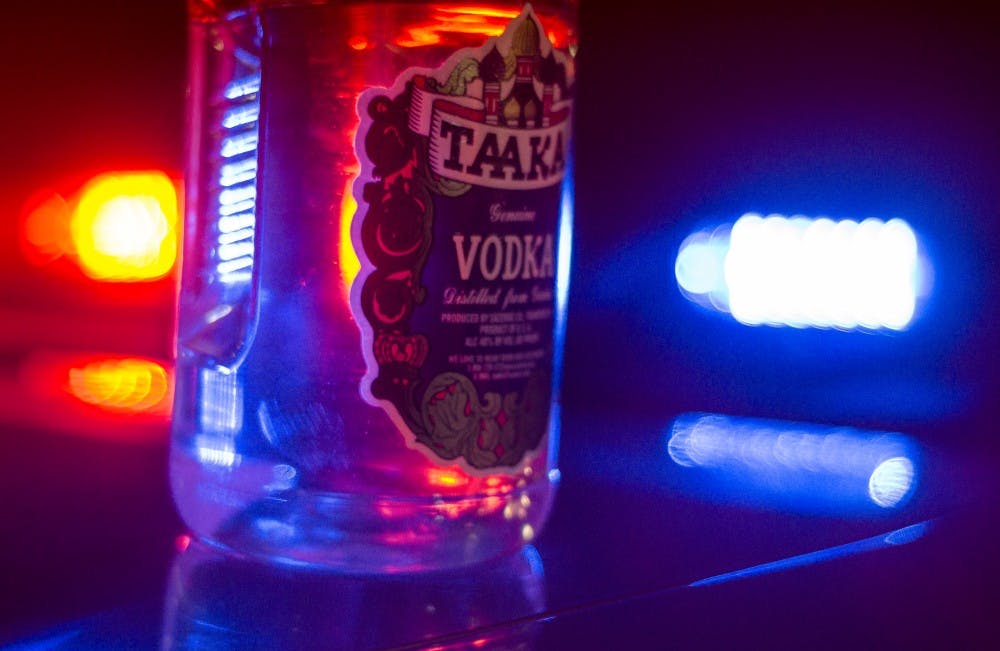April is Alcohol Awareness Month, which was established in 1987 by the National Council on Alcoholism and Drug Dependence (NCADD).
According to the NCADD’s website, it's a time to reach out and educate the people about alcohol, alcoholism and recovery.
One of the biggest problems with alcohol is drunk driving. According to Mothers Against Drunk Driving, every two minutes a person is injured in a drunk driving crash.
Elizabeth Peeler, the health educator in the Office of Health, Alcohol and Drug Education, offered some facts abut BAC and tips on how to tell if you’re too impaired to drive, as well as signs to look for in others. The information also comes from USA Today College and the National Highway Traffic Safety Administration.
General facts about alcohol and the body’s response
- The liver can process one ounce of alcohol in an hour.
- The effects of alcohol take 15 minutes to reach the brain, said Peeler.
- It takes about an hour to feel the full effect of alcohol.
- There are no ways to get sober except to wait for the alcohol to leave the body, said Peeler.
For BAC
- BAC stands for blood alcohol concentration.
- The legal limit is 0.08 percent. This means no one can drive if their BAC is over this percentage.
- BAC is a measurement to see how much alcohol has been dissolved into the bloodstream.
- All alcoholic beverages can affect BAC.
- Different factors affect BAC. These can include the number of drinks, how fast a person drinks, the amount of food in a person’s stomach, weight and gender.
- Because there are so many factors weighing into BAC, it’s difficult to assess someone’s BAC or turn it into a number of drinks, said Peeler.
Symptoms someone shouldn’t drive
- Feeling “buzzed”
- Having trouble concentrating or having divided attention
- Reduced coordination
- There is no safe amount of alcohol in the system to drive safely, said Peeler. Someone should not be driving even if they have only had one drink.





